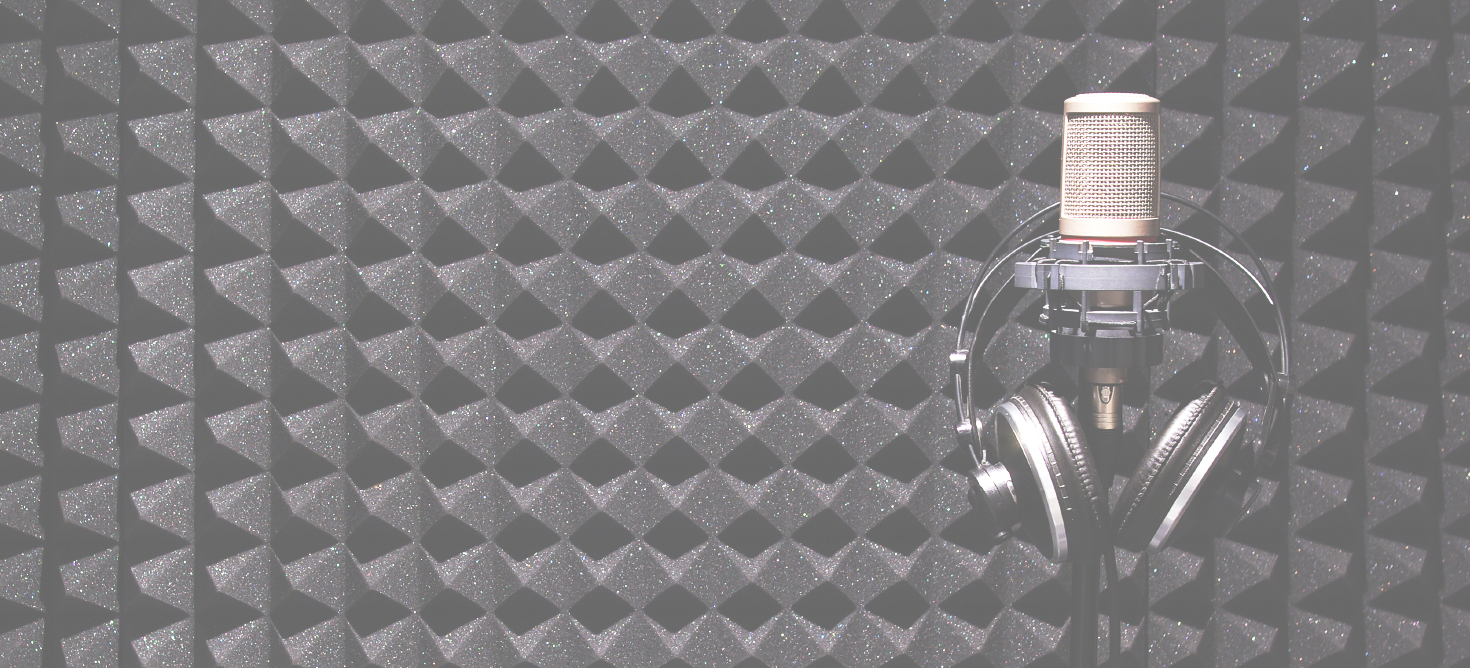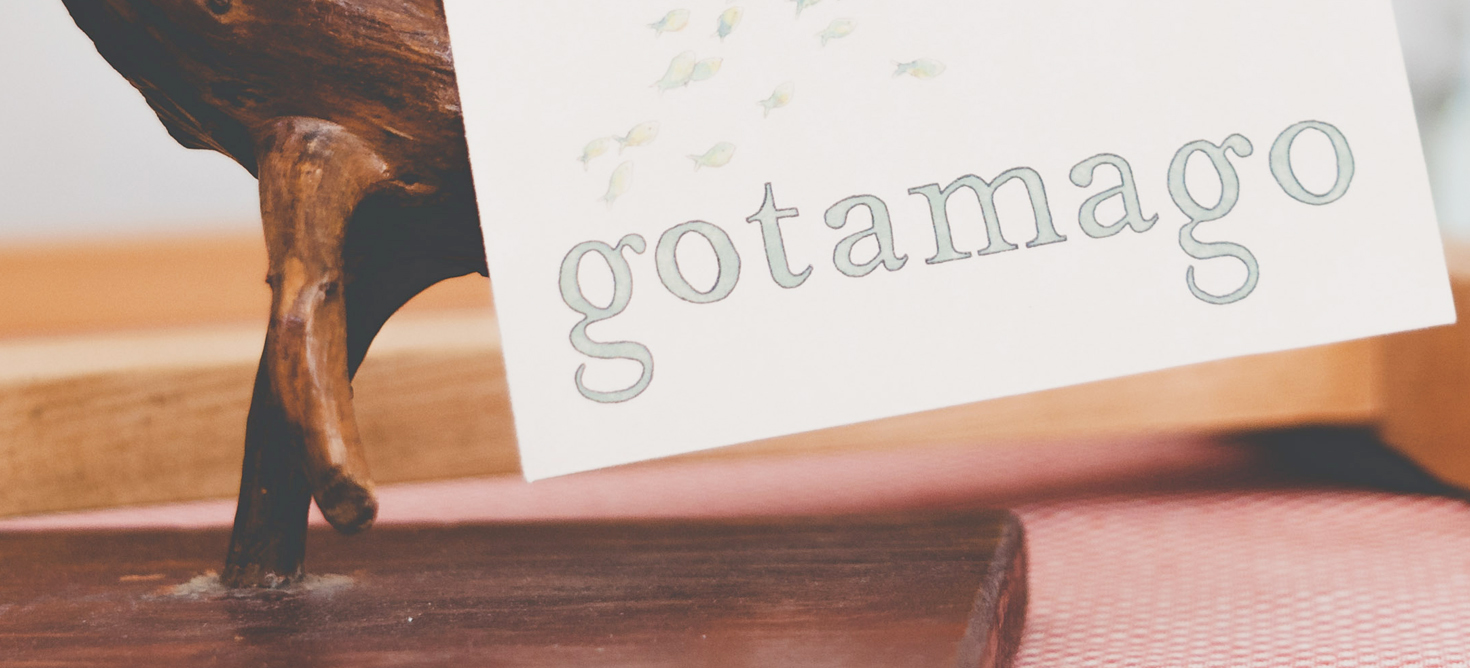While we’re busy embracing technology and looking to do things with the push of a button, Amanda Keenan is going old school by taking things back to the 15th Century. A graphic designer by day, she trades her computer screen for a letterpress printer, creating wedding invitations and custom letterpress designs at her company, Silverplate Press.
Name: Amanda Keenan
Suitless Pursuit: Owner of Silverplate Press

What is your current day job?
I’m a graphic designer at University of Toronto’s advancement division - that’s the section of the university that generates donations from donors. We also do a bit of alumni engagement, so contributing to different events for alumni.
How did you come up with your side business of owning a letterpress studio?
I have a background in graphic design, so I’m in front of the computer a lot. But at one point I started to get stir-crazy, and thought, it would be really nice to start using my hands again and just make things. I came across letterpress printing when I started to look into things like screen-printing. It really is the roots of graphic design, from when Guttenburg invented movable type in the 1400s. Letterpress today isn’t that much different! It’s amazing to step back and go through the process of graphic design as it originally started. That’s where my interest started. From there, I attended workshops, learned from the best, and started Silverplate Press five years ago.

You have a background in graphic design; specifically, graduating from the Ontario College of Art and Design (OCAD). Is that how you heard about letterpress?
I heard about it from different graphic designer friends who all wanted to try it out. I then discovered Tanya Roberts (Snap and Tumble) who runs small letterpress workshops! It was a great opportunity to get my feet wet. That was my first taste of letterpress, and from there, I started taking classes at OCAD for letterpress printing.
Before we continue, can you explain what letterpress is?
Letterpress is basically relief printing using antique machinery; it uses either wood or lead type, traditionally. You can also use polymer plates. The plate or type gets inked, a sheet of paper gets pushed on top of the plate, and an impression is made onto the paper with the ink, and you are left with the feel of the impression. So you can see the ink, but also feel the impression of the polymer. That is the beauty of letterpress: you can feel it and see it.

Why would someone pick a letterpress design over a flat print?
With letterpress, everything is done by hand. I mix the ink by hand, and then I ink up the press, so one colour runs through the press at a time. If you have two or three colours on your invitations, each one of those pieces of paper is going to go through one colour at a time. Letterpress is a much more manual process, and the result is a special, customized piece of art. Even though each piece comes from the same press, no two pieces are quite the same.
As soon as you feel the softness of the paper and the impression of the letters and design, you know it’s something much more special than a digital print. On the practical side, a digital print will fade over time whereas letterpress won’t, so the memories hold longer.
Do you think you’re limited with letterpress printing rather than digital designs and flat-printing?
It is more limiting but I think it’s limiting in a good way. It keeps the design from going bananas. There are a lot of different things available to you with letterpress that aren’t available with digital. For example, letterpress has a lot of motteling, so the ink isn’t quite flat on it. That’s done on purpose so that every invite will be just a little bit different, unlike flat-printing where they’re all the same. It’s like each letterpress print is unique like a fingerprint. I think that’s what makes it so cool.

When you ran into letterpress you were obviously enamoured, but how did you think to turn it into a business?
I think I fell into it a little bit. I never expected to have a letterpress printer this young. But my husband and I came across this big beast called the Vandercook. It was on Kijiji, of all places! The seller was a 92-year old man who no longer used it. It was sitting under 40 years of dust. My husband is really mechanically-inclined, so he was determined to fix it.. After we bought it, we moved it to a sturdier place because it’s 2,000 lbs; you can’t just put it anywhere!
So you bought it, because it was your hobby. And then you moved for it when it was still simply a hobby?
We moved for it because we thought it might be something fun to do. I could have kept it as a hobby, but a friend needed wedding invitations and asked me to do them for her. So that was my first print job. After that, it kind of snowballed a little bit through word-of-mouth, and it turned into a business.

In addition to your day job, how do you balance something like this that has turned from your hobby to your passion?
I think that it’s easier to balance with the day job that I have, as my day job is very supportive. I think the harder question is how do you balance a side business and a baby and a family? (Amanda has toddler, Jack, and another child on the way due in early 2015) You just kind of go with the flow. Something always has to give. You could spend a little bit less time in the studio and a little more with family. When Jack was really little, though, he used to just be in the print studio with me. And when he was really, really small I used to just carry him around in the carrier and print away as he loved the sound of the press.
Who are your typical letterpress clients?
My biggest client base is couples who are getting married and wanting wedding invitations made. After that comes business cards, and then more specialized items like birthday cards and birth announcements or business-specific things.

What goes into seeing that the client is happy with the finished product?
The client contacts me and we set up an appointment at the studio. I find that whenever they come in and see the presses, their eyes get three times the size as they realize how special the process is. I think that is what sells it - the authenticity. From there we go over what kind of design they want. Either they choose a pre-made template, or I can do something totally custom. Then I usually give them a quote based on what they want and once they’re happy with it, I start the project. I usually do up three concepts and then they’ll pick from there. After changes and a lot of spell checking, I get plates made and start printing!
How long does that process take, from the finalized design to the printing?
Four to six weeks. I do it faster if I need to but that timeframe is easiest to balance with life and work. For example, with 200 invites: if they have three colours on it, that’s three times through the printer for one invite which means that total order goes through the press 600 times. And each rotation through the press takes roughly 30 seconds. It takes time since it’s labour-intensive, but I love it. It’s a labour of love.

How do you think websites like Etsy or even Pinterest have affected a field like letterpress printing?
Those shops are letterpress printers like me, except they’ve got their own specialties too. I think it’s encouraged handmade art to make a comeback and encouraged people to see the value in handmade art.
What do you think is next for Silverplate Press?
I’m thinking about doing more letterpress workshops where people print their own things. For example, I’ll run a workshop for invites specifically where a couple can come in and print their own invitations, but I will guide them on how to set up the polymer and how to set up their files. They’ll be allowed to come and use the presses so I can show them how to make their own invitations. They’ll be small; two people that I’ll spend four or so hours with. I want to share the love of letterpress. I don’t think that’s the entire future of Silverplate but just a part of it: to spread the letterpress love.
Watch Silverplate Press' letterpress making video below:
Letterpress Wedding Invitations by Silverplate Press from David Stewart Media on Vimeo.
Visit their website: http://www.silverplatepress.com/
Follow them on Twitter: https://twitter.com/silverplatepres
Find them on Instagram: http://instagram.com/silverplatepress/
All images courtesy of Amanda Keenan

